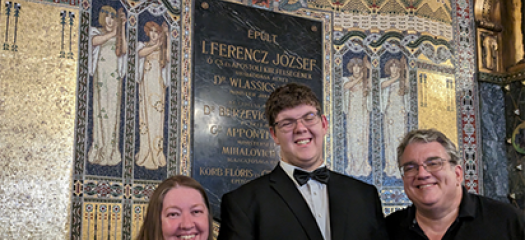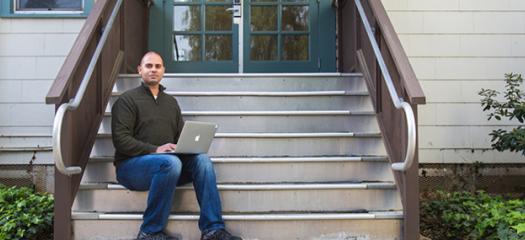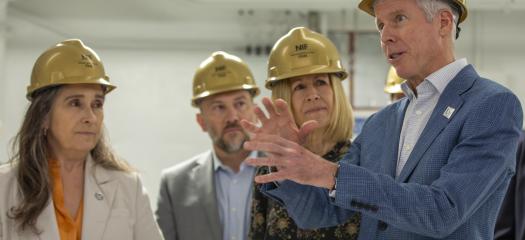Browse this site's news, projects, and people highlights via any of the topics in the dropdown list or below each content description.

GOLLNLP
Responding to a DOE grid optimization challenge, an LLNL-led team developed the mathematical, computational, and software components needed to solve problems of the real-world power grid.

COVID-19 Operations
LivIT tackles challenges of workforce safety, telecommuting, cyber security protocols, National Ignition Facility software updates, and more.

Deterrence in Cyberspace
LLNL’s cyber programs work across a broad sponsor space to develop technologies addressing sophisticated cyber threats directed at national security and civilian critical infrastructure.

Scott Kohn
An LLNL Distinguished Member of Technical Staff, Scott Kohn supports LLNL’s cyber security research program. He joined the Lab in 1997 as one of the first external hires into CASC, Computing’s…

Trevor Smith
Since 2018, software developer Trevor Smith has been putting his education and computing skills to good use supporting the Lab's HPC environment. He helps develop, deploy, and manage systems…

Juan Ramos
Juan Ramos discovered a professional calling in computer networking, security, and information technology while in the Marines.

U.S. Energy Secretary Wright visits LLNL
Wright’s daylong visit included briefings and discussions with LLNL experts in key mission areas including stockpile modernization, fusion energy, AI, cybersecurity and supercomputing.

ML-driven binary analysis pipeline enhances software quality assurance
Presented last fall at a conference, a new approach to software binary analysis incorporates large-scale training data and hierarchical embeddings.

Advancing cybersecurity for advanced threats
Livermore’s Cyber Security Program has adopted new cloud-based tools and created others to protect the Laboratory’s enterprise system from cyber threats.
